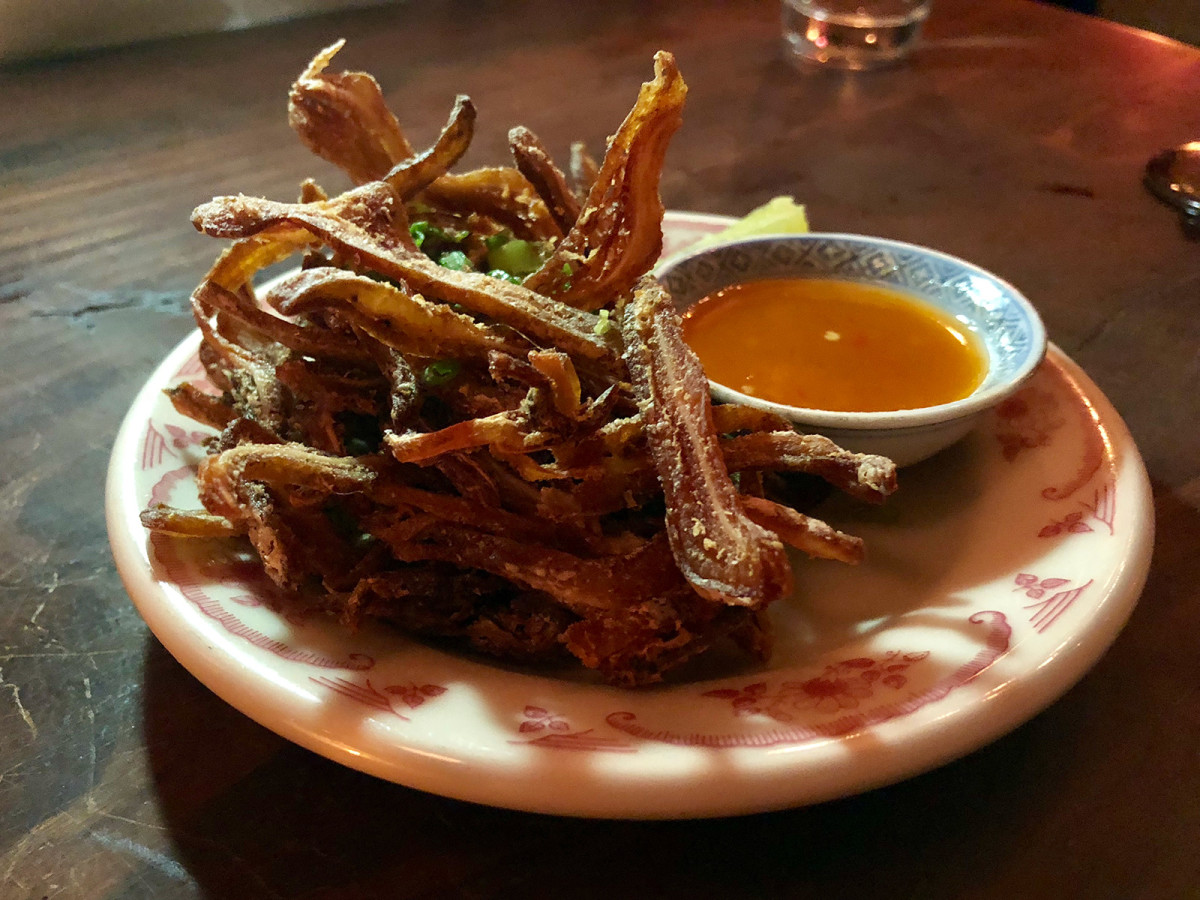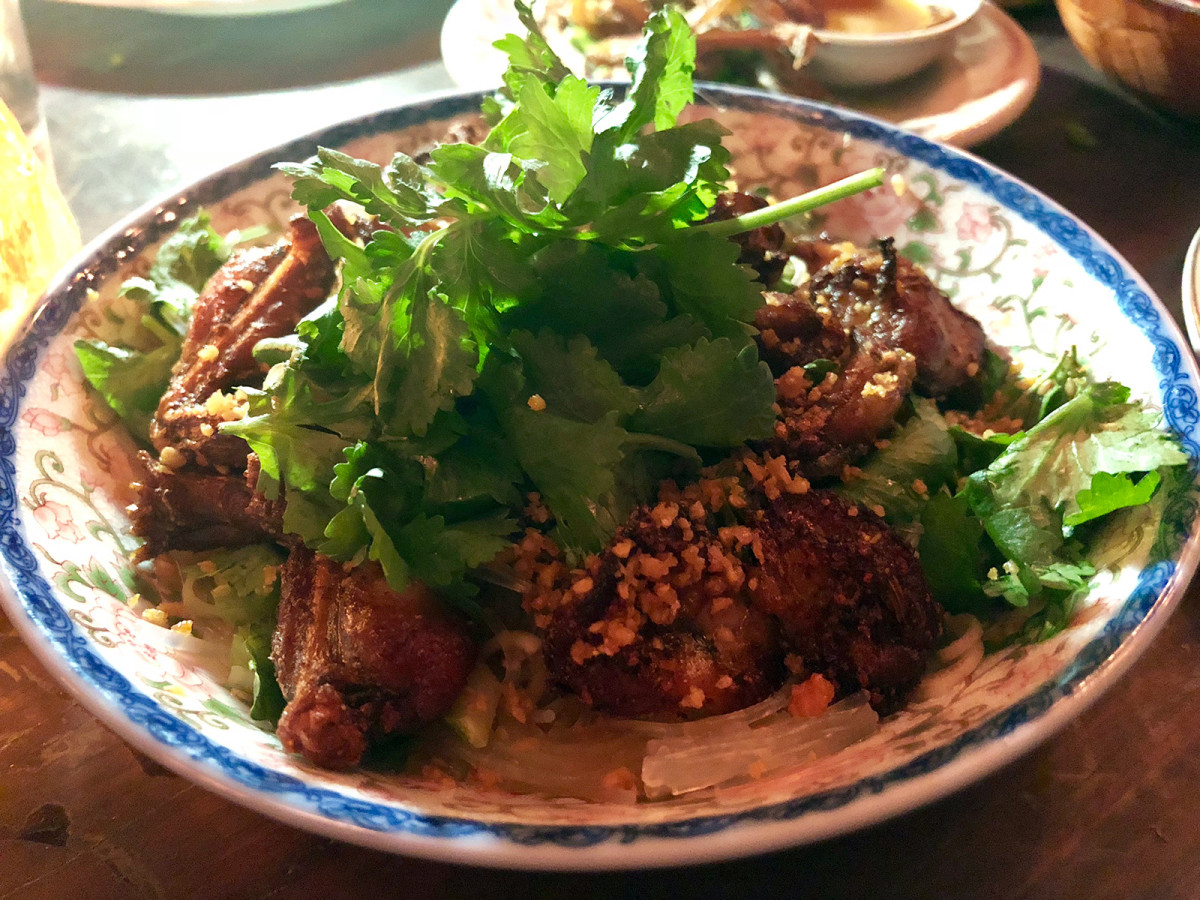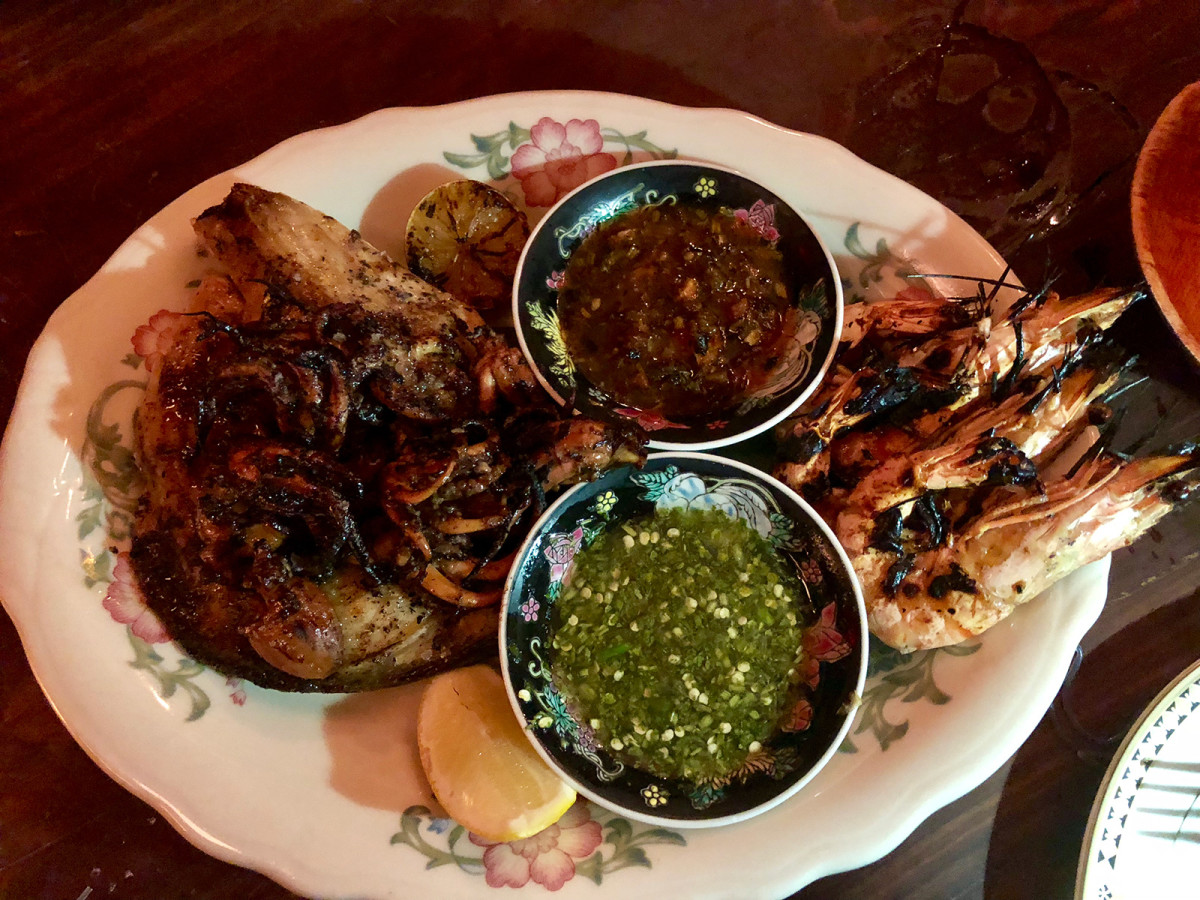How Charlie Weis Jr., FAU's 25-Year-Old Offensive Coordinator, Earned Lane Kiffin's Trust

BOCA RATON, Fla. — When Lane Kiffin was the offensive coordinator at Alabama in 2015, he interviewed a recent college grad who had done his undergraduate work at Florida and Kansas. Charlie Weis Jr., the son of the former Notre Dame and Kansas coach, sought an analyst job with the Crimson Tide, and Kiffin had been told the kid had a photographic memory.
So during the interview, Kiffin handed Weis his driver’s license and his credit card. You can have these for three minutes, Kiffin recalled telling Weis. Then I’ll take them back and start asking questions. After the allotted time ended, Kiffin took back the cards and started the test.
What street do I live on?
Weis answered correctly. He correctly recited various facts gleaned from the two cards. The next day, Kiffin decided to test the job candidate’s retention.
What’s the expiration date on my credit card?
Weis answered correctly. If he didn’t already have the job, that cinched it.
Weis and Kiffin spent two seasons together in Tuscaloosa. Well, most of two seasons. Kiffin jokes that they were 28–1 together and 0–1 apart. This year, they’re back together with different job titles. Kiffin is the second-year head coach at Florida Atlantic, leading a team that went 11–3 and won Conference USA last season. Weis, who turned 25 in April, is the offensive coordinator. “Sometimes it’s crazy to think about,” Weis said Sunday.
Weis doesn’t think about it too often, though. He’s too busy for introspection. A night earlier, Kiffin and Weis had led the FAU offense through its most important scrimmage of the preseason. They’re trying to winnow down a quarterback race that features three transfer quarterbacks competing to take the job abdicated by 2017 starter Jason Driskel, who opted to retire from football in January and who obtained a civil engineering degree in May. In less than two weeks, the Owls will open the season at Oklahoma. They haven’t trailed in a game since October, but they haven’t been challenged the way they will by the three-time defending Big 12 champ.
Whether former Sooner Chris Robison, former Florida State Seminole DeAndre Johnson or former Arkansas Razorback/SMU Mustang Rafe Peavey will win the job is a hot topic on campus, but an even more intriguing question is this: Which son of a famous football coach will call the plays? Will it be Kiffin—the son of legendary NFL defensive coordinator Monte—or Weis? Weis, asked what percentage of plays he called in Saturday’s scrimmage, deferred. “That’s up to coach Kiffin to talk about,” he said. “It’s not my place.” Kiffin didn’t give a direct answer either, and both men discussed a collaborative effort.
Their collaboration at Alabama worked beautifully for the Crimson Tide. Kiffin designed the game plans with help from Weis, whose memory and attention to detail allowed him to find vulnerabilities in defenses that Kiffin could exploit on gameday. If the Owls can now combine Kiffin’s ability to spot potential huge plays in-game with Weis’s thorough prep and instant recall, the offense should be as good or better than the one that put up 6.8 yards a play and 40.6 points a game last season. That recall, Kiffin believes, will give FAU the equivalent of the photos that we see NFL quarterbacks thumbing through on the sidelines during games. Such photos aren’t allowed in college football, but there is no rule against a coach taking one in his head. Kiffin had an idea Weis could do that when, during his Alabama interview, Weis rattled off all 11 jersey numbers for the starting defense of a team he’d scouted earlier. After working so closely with Weis in ’15 and ’16, Kiffin is sure of it.
Weis was sure he wanted to be a coach when he was still a student at St. Joseph High in South Bend, Ind. He didn’t play there, either. He helped break down video at his school, and he also helped defensive coaches signal for his dad’s team. This lack of between-the-lines experience may seem like a disadvantage, but think about the list of excellent players who became excellent coaches. Steve Spurrier won a Heisman Trophy as a player and a national title as a coach. Mike Gundy started at quarterback for the program he now runs. Pat Fitzgerald starred at linebacker for the program he runs. But for the most part, the best coaches were average or below-average players. Kiffin, who was a reserve quarterback at Fresno State before transitioning into coaching while still an undergraduate, points out that while everyone else was playing, Weis was learning how to coach. So he’s got the same experience at 25 as a 30-year-old who played college and then started coaching. “I’m very similar in age to a lot of these guys, but starting coaching from 18 years old, I feel like I committed my life to that early on,” Weis said. “I wasn’t doing other things when I was in college. I was always around the building.”
This is not what Weis’s parents wanted for him. “They said ‘No, no, no’ from the second I decided to do it,” he said. Charlie Sr. helped win Super Bowls as Bill Belichick’s offensive coordinator in New England. He then made a fortune as the head coach at Notre Dame, the offensive coordinator at Florida and then the head coach at Kansas. But the elder Weis also got ripped mercilessly for a lack of success in his later years in South Bend and for the contract then-Notre Dame athletic director Kevin White* gave him that resulted in nearly $19 million in buyout payments between 2009 and ’16. While Notre Dame was still paying the elder Weis, he got hired and fired by Kansas and left the program in a hole out of which it has yet to crawl. But the criticism of the elder Weis wasn’t always limited to wins and losses. He was routinely skewered for his weight and his appearance.
*In March, Kevin White’s son Brian was named the AD at FAU. He is now the boss of Kiffin and the younger Weis.
Charlie Jr. has a unique look, but it’s only because he’s the only one on the Owls’ staff—which also includes 26-year-old strength coach Wilson Love—who looks even younger than his players. “Some people on the defensive side thought he was a player,” tight end Harrison Bryant said of the younger Weis’s first few days on campus. “But the first time we met him, you could tell he knows so much about the game.” Tailback Devin “Motor” Singletary, who ran for 32 touchdowns last season, said Weis communicates so easily with the players because of his age. “He’s like an older brother in a way,” Singletary said.
After graduating high school, the younger Weis followed his dad to Florida, where Charlie Sr. had been hired to run the offense for first-year coach Will Muschamp. Charlie Jr. was placed “on the bottom of the pile.” Those analysts and quality control guys who assist the assistant coaches? Weis was their assistant. He wrote up film breakdowns. He made play cards the graduate assistants could show to the scout team. When the elder Weis got the Kansas job, Charlie Jr. went to Lawrence with him. The work remained menial. After his father was fired, Charlie Jr. headed to Tuscaloosa for a date with Kiffin’s credit card. Charlie Jr. had originally planned to join Kiffin at FAU as the tight ends coach, and he spent time on the staff when last year’s offensive coordinator Kendal Briles was installing the scheme, but Weis was offered a job as an analyst for Atlanta Falcons offensive coordinator—and Kiffin compatriot—Steve Sarkisian. When Briles left for Houston after last season, Kiffin hired Weis again.
There will be times when the older brother must hand down discipline, but Weis understands he’ll need to have difficult conversations with his players. Kiffin, who first became an offensive coordinator at USC at 29 and first became a head coach when the Oakland Raiders hired him at 31, believes Weis will handle those duties better than he would have at that age. “I’m trying to help him not make some mistakes that I made. But he’ll be fine,” Kiffin said. “He’s a lot more balanced than I was at that age and more mature. We do talk about that, but I don’t think he’s going to have issues.”
If Weis is indeed as mature as Kiffin suggests, this could be like the relationship between then-Texas Tech coach Mike Leach and young receivers coach Lincoln Riley, who acted like a 40-year-old when he was 23. When Leach was fired by Texas Tech before the Alamo Bowl following the 2009 season, a 26-year-old Riley called the offensive plays for interim coach Ruffin McNeill. McNeill then took Riley with him to East Carolina, making Riley an offensive coordinator at that age. Last year, Riley took over the Sooners at 33 after serving as their offensive coordinator for two seasons. In 2017, he turned 34, won the Big 12 and made the College Football Playoff. On Sept. 1, Riley’s team will open its season against a combo that should remind him an awful lot of himself and Leach.
Because of the talent gap between the two programs, Weis could learn some valuable lessons in his first game as an offensive coordinator. One thing is certain: He’ll remember every one of those lessons in vivid, photographic detail.
A Random Ranking
The Associated Press preseason poll was released early Monday afternoon. I started this section in 2014 because I had just relinquished my poll vote after five seasons and I wanted to rank anything except college football teams. So in honor of the thing that inadvertently inspired this section, I’ll rank the top five college football ranking mechanisms.
1. Bill Connelly’s S&P+
2. The Associated Press poll
3. The coaches poll
4. Jeff Sagarin’s ratings
5. Ryan McGee’s Bottom 10
Three and Out
1. The decision by the Maryland Board of Regents on Friday to take over the investigation of offensive lineman Jordan McNair’s death—something the school already has taken responsibility for—does not seem to bode well for president Wallace Loh and athletic director Damon Evans. Stay tuned to this story to see what happens to Loh, Evans and football coach D.J. Durkin.
2. SI’s Ross Dellenger wrote last week about how Ohio State’s recruiting operation has held steady even with coach Urban Meyer on paid administrative leave.
3. SI’s Joan Niesen examined the pipeline that keeps sending highly entertaining Australian punters to college football.
What’s Eating Andy?
Feel free to argue about preseason rankings all you want. The only list that truly matters is the Blue Chip Ratio rankings that SB Nation’s Bud Elliott compiles each year. These numbers establish the cutline for which teams actually have a chance to win the national title each year. Bud will publish the 2018 numbers soon, but for now, read the explanation he posted in July.
What’s Andy Eating?
Where I live, the Thai options aren’t really Thai at all. We’re limited to the Americanized versions of traditional dishes. That’s not all bad. The version of pad thai that has proliferated in the states is delicious. But that doesn’t mean I wouldn’t like to try the real thing. Unfortunately, I have limited time and elementary school–age children. Flying to southeast Asia isn’t an option. Fortunately, our larger cities do give us the chance to expand our palates.
During a visit to SI’s New York offices earlier in April, a group of us tried to visit Uncle Boon’s in the NoLIta neighborhood. “The wait is about three hours,” the hostess informed us. We couldn’t wait that long, but I made a mental note that I needed to return. This wasn’t some hip new spot generating buzz. Uncle Boon’s had been humming along for five years, and people were still willing to wait that long. Last week, I arrived just as the final table was occupied in the early evening. I had to wait for two people anyway, so I whiled away the next 45 minutes sipping a Bolan (basically a Jasmine tea–infused Old Fashioned) and nibbling on huu muu sawan, or “heavenly pig ears.” I haven’t eaten pig nose. I have eaten pig tail and nearly every other part in between. Cooked properly, the ears might be the second-best part behind the belly (which gives us bacon). These ears were crispy and spicy, and the slightly thicker chunks that contained a tiny pad of meat are the perfect chaser for a mouthful of whiskey. Or perhaps they’re the perfect prelude to a mouthful of whiskey. This is a chicken-egg argument I’ll need to examine in far greater detail before delivering a verdict.

When you reach your table, don’t bother trying to figure out what you’d personally like to eat. You’re ordering multiple dishes to eat family style. And don’t skimp on the roti or sticky rice. The roti is a soft, moist flatbread. You’ll be tearing and dipping it. The sticky rice is self-explanatory. It’s rice that sticks together, allowing you to tear off chunks by hand and dip it. Get at least an order of each per person, but you may want to bump that order to two.

Make sure your appetizer order includes the kob woonsen, the garlic and soy marinated frog legs over glass noodles. The small chunks of frog legs are sweet, salty and spicy at once and more tender than what you’d expect if—like me—you’ve only had frog legs in the South. But don’t despair when the frog meat is gone. The marinade combines with lemongrass and herbs to create a sweet-hot broth that soaks into the noodles. Once you’ve eaten all the noodles—and there may be fights over the last bite—dip that roti or sticky rice and soak up every last drop.

Make sure you get something cooked on the busy charcoal grill. I’d recommend the jaan bangsaen, a mixed grill that features octopus, huge head-on shrimp and yellowtail collar. This will satisfy everyone. But if you only want the best of these three, simply order the smoky octopus by itself. Get the kao pat puu (crab fried rice) if you want to know how different fried rice can be when there aren’t pictures of the food on the wall. This one is so velvety that the mountain you’re served will be gone within minutes.
The one dish you must order is the massaman neuh. These are boneless short ribs swimming in a broth of massaman curry, potato, red onion, peanut and green peppercorn. Remember how I said you might need to bump up your roti and sticky rice orders? This is why. You’ll love the tender beef, but you’ll dream about that broth. The curry doesn’t overwhelm, perhaps because it’s mellowed by the beef fat. It marries sweet and spicy, and then the peanut and potato drop some savory into the relationship. Resist the urge to grab the bowl and drink the remainder once the last sliver of short rib gets gobbled. You ordered that extra roti and sticky rice for a reason. Let those sides live their best lives in that broth.
